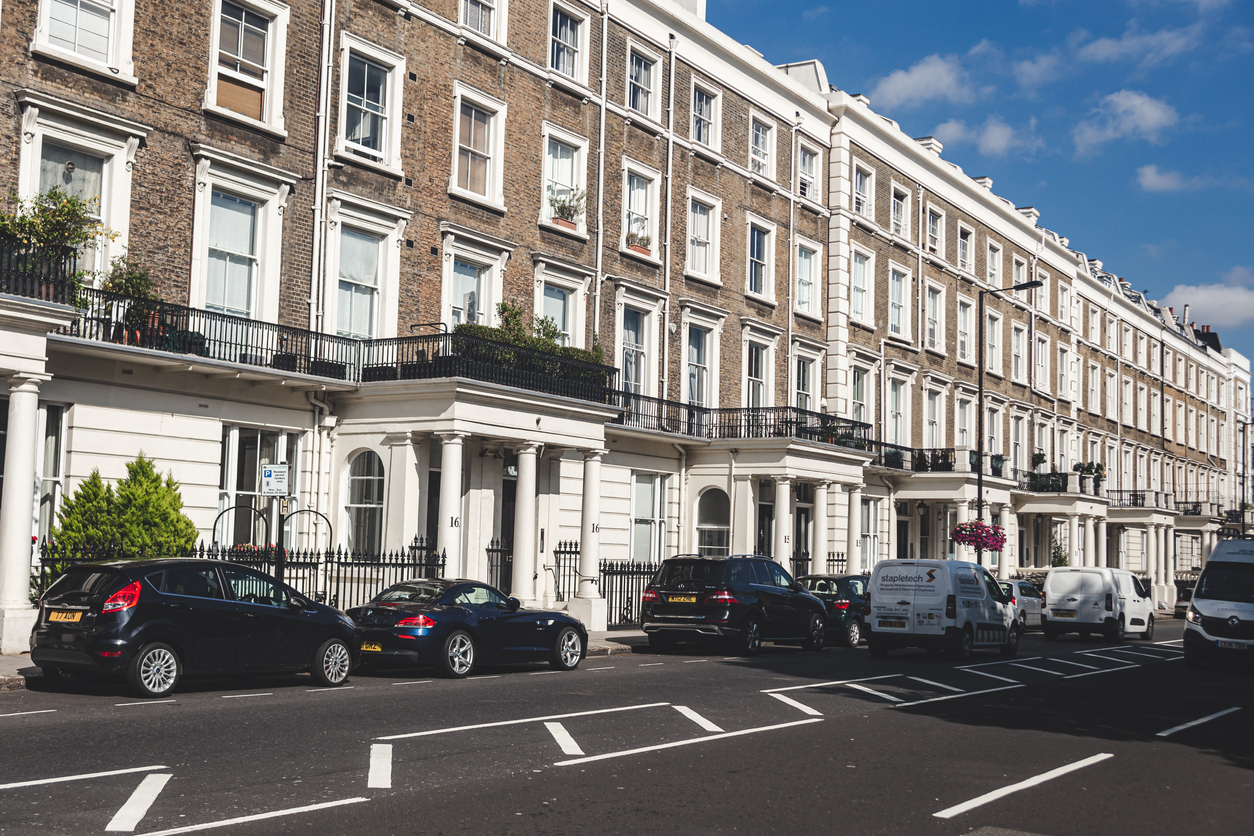Despite the COVID-19 pandemic and Brexit fast approaching, the UK property market has proven to be remarkably resilient.
Jamie Johnson, CEO of FJP Investment, analyses the state of the property market and how it is likely to change in the near future.
On 6 July, chancellor Rishi Sunak delivered the so-called ‘mini-budget’. As part of his announcement, a series of reforms were introduced as part of the government’s strategy to boost economic activity. The real estate market is key driver of national productivity and growth. Recognising this, the chancellor announced the immediate introduction of a Stamp Duty Land Tax (SDLT) holiday.
What this means is that all buyers of property less than £500,000 in England and Northern Ireland are exempt from paying the tax until 31 March 2021. However, additional surcharges for second home purchases still apply.
The government backs property investment
The impact of this new initiative was felt almost immediately. Papers reported a ‘mini-boom’ in UK property as asking prices rose and buyers returned to the market in droves. Property listing site Rightmove recorded a 2.4% increase in the average asking price of properties being listed during the month of June. What’s more, the number of inquiries from potential homebuyers increased 75% year-on-year.
While it is still early days, all this indicates that the government’s policy has so far has proven to be a success. Demand which was previously being suppressed due to COVID-19 concerns is flooding back to the market. After months of property price decline and housing market inactivity, such impetus should be heartily welcomed.
The announcement of the SDLT holiday also followed Prime Minster Boris Johnson’s ‘build, build, build’ speech, pledging £5 billion to invest in housing and infrastructure. Collectively, these measures are part of the government’s broader vision to meet both the future property needs of the country while at the same time instigating a post-pandemic economic recovery.
Demand which was previously being suppressed due to COVID-19 concerns is flooding back to the market.
Priorities are shifting but demand remains the same
Of course, the pandemic will have lasting effects on society at large; and the property market is no different. As working from home becomes the new norm for many, the need to live within commutable distance from your company is being brought into question. The aforementioned statistics provided by Rightmove showed interest in London properties had only risen by 0.5%, implying that many homebuyers are now seeking properties away from London in light of the COVID-19 pandemic.
Other factors may disincentivise buyers away from London as well. Back in March, Rishi Suank announced a very different type of SDLT adjustment, an additional 2% surcharge for overseas buyers – due to come into effect in April 2021. Given just how integral foreign buyers are to the Prime Central London (PCL) property market, accounting for 55% of PCL transactions in H2 2019, the additional surcharge risks discouraging foreign investment into the capital.
With the lucrative PCL property market becoming less and less attractive for high-end developers for the reasons outlined above, house price growth outside the London commuter belt may begin to grow exponentially in the coming years.
But regardless of where your property portfolio is located, UK property is still proving itself to be a resilient asset class in the face of global crisis. Global property experts Savills confidently stuck by their prediction of 15% growth of UK house prices by 2024, even as the UK experienced the worst of COVID-19’s economic impact.
Their reasoning, which I fully agree with, is based on the idea that the strong buyer demand we saw in January 2020 – which facilitated the highest level of property price growth since 2017 - did not simply vanish when COVID-19 arrived. Instead, this demand was suppressed due to pandemic uncertainty, ready to return once coronavirus was in retreat. Now, bolstered by the SDLT holiday, the UK property market is set to enjoy this influx of previously suppressed demand; and house price growth is sure to follow as a result.
[ymal]
FJP Investment recently carried out a survey of 850 investors to confirm this, and our findings supported this idea. 43% of those whom we spoke to stated they weren’t making any large financial decisions until they believed the coronavirus pandemic to be entirely contained. It follows that as COVID-19 cases in the UK decrease, these investors will gradually return to the market – increasing general activity and facilitating a prosperous property sector once again.
When this demand returns, I look forward to witnessing the changes that COVID-19 has inflicted upon the UK’s property sector. Will this surge in interest of non-London property continue, and where will the new house-price-hot-spots of the UK be? I, for one, am excited about finding out. As COVID-19 case numbers decrease, and investor confidence rises, we’ll all be enjoying the benefits of a resurgence of UK property sooner, rather than later.










